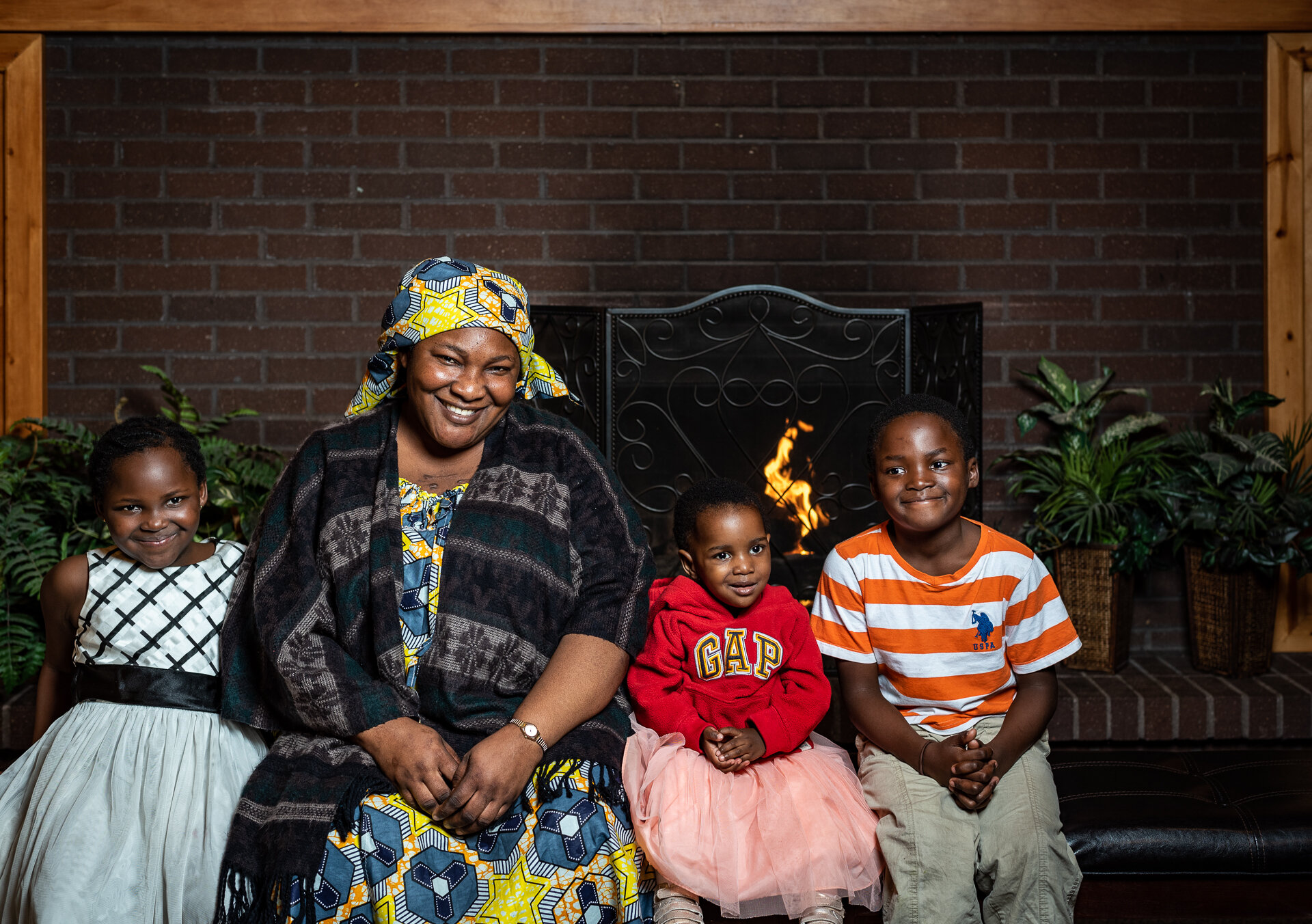Supreme Court Decides on Trump Travel Ban: What You Can Do
On Monday (June 26th), the Supreme Court issued a decision regarding President Trump's "travel ban," which went into effect yesterday evening.
Here's what you need to know:
During his campaign, Donald Trump called for “a total and complete shutdown of Muslims entering the United States.”
On January 27th, now-President Trump announced an Executive Order banning members of seven countries (Iraq, Syria, Yemen, Iran, Sudan, Somalia and Libya) from entering the United States for 90 days and suspending the refugee program for 120 days. Both the travel ban and the refugee program suspension were quickly blocked by the courts.
In response, the Trump administration announced a revised version of the ban in March. Iraq was removed from the travel ban list, but the length of the ban and refugee program suspension remained at 90 days and 120 days, respectively. Two Federal appeals courts struck down key parts of the ban on the grounds that they violated the First Amendment.
On Monday, the Supreme Court agreed to review this lower court decision this Fall. However, in the interim, they have allowed a provisional ban to be put into place. The ban will apply to only foreigners from the six banned countries (Syria, Yemen, Iran, Sudan, Somalia and Libya) who do not “have a credible claim of a bona fide relationship” in the United States.
The definition of a "bona fide relationship" was general, such as proven ties to a family member already living in the U.S., admission to a university, or established employment, and will certainly be the subject of litigation this summer. In fact, three of the nine Justices argued that the "bona fide" standard was "unworkable" and would result in a "flood of litigation" in the lower courts.
Between the time of the initial Executive Order in January and now, there has been no demonstrated attempt to accomplish the stated goal of protecting national security by reviewing and revising the system of vetting those entering the United States. No one from the six countries on the list of banned countries has been responsible for a fatal terrorist attack in the United States in the past two decades. Since 1975 there have been 3 million refugees admitted into the United States, without one incidence of domestic terrorism. According to a risk analysis by the CATO Institute on terrorism and immigration published in September 2016, “from 1975 through the end of 2015, the chance that an American would be killed by a refugee was 1 in 3.64 billion a year.” The odds of being killed by lightning is 1 in 700,000 in any given year, making the odds of getting hit by lightning more than 5,200 times greater than being killed by a refugee.
Here's what you can do:
Help sponsor someone already in the U.S. as a refugee to get his/her Green Card or Citizenship.
One of the biggest fears among refugees already resettled in the U.S. is that they'll be kicked out of the country because of this ban, even though they're here fully legally. Helping those who have lived here for at least a year get Green Cards or those who have lived here for 5 years apply for citizenship is a great way to serve refugees.Get involved with Peace Catalyst's work among refugees in your city:
Boise: Contact Nick and Laura Armstrong
Columbus: Contact Rebecca Brown
Dallas: Contact Ben & Sarah Long
Other cities, Contact Nick and Laura Armstrong to get connected with other groups doing refugee work in your area.Contact your local Refugee Resettlement Agencies, World Relief, or the International Rescue Committee for more ways to help.
Donate to the work of Peace Catalyst to join the growing global peacemaking movement and to wage peace with us by combating hatred, prejudice, and divisions.










